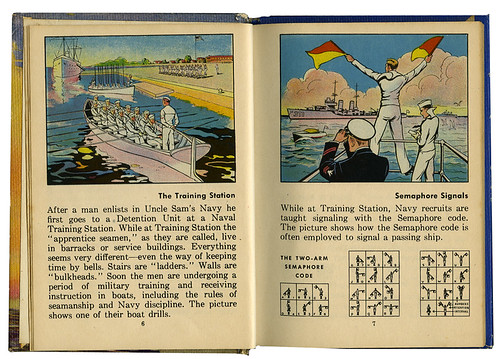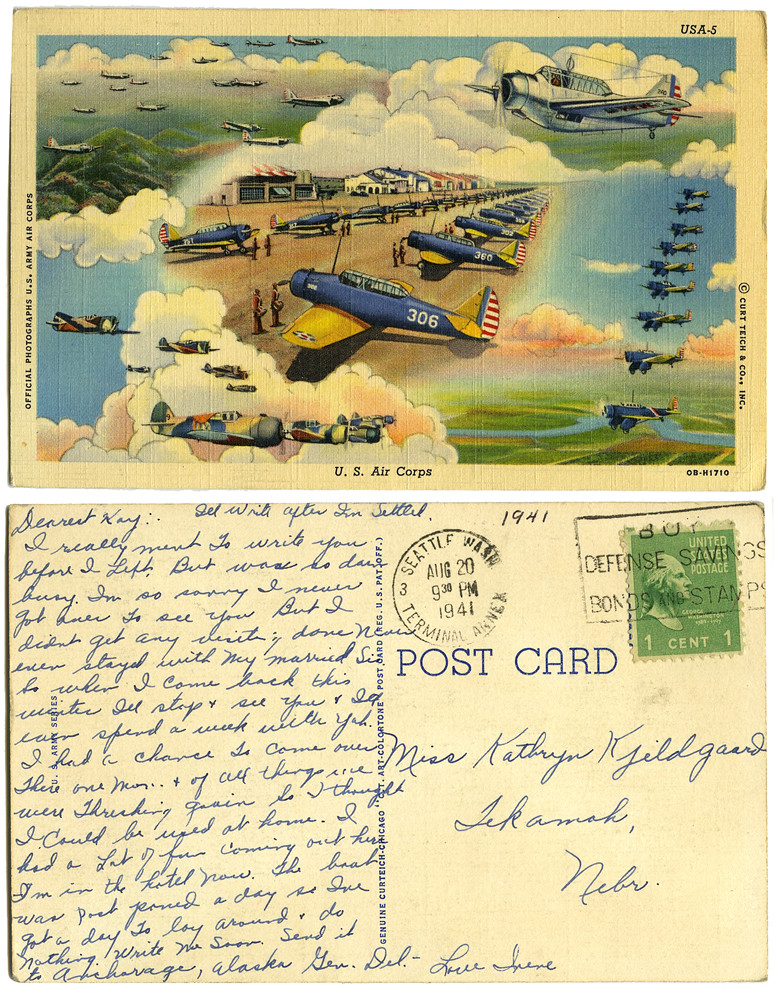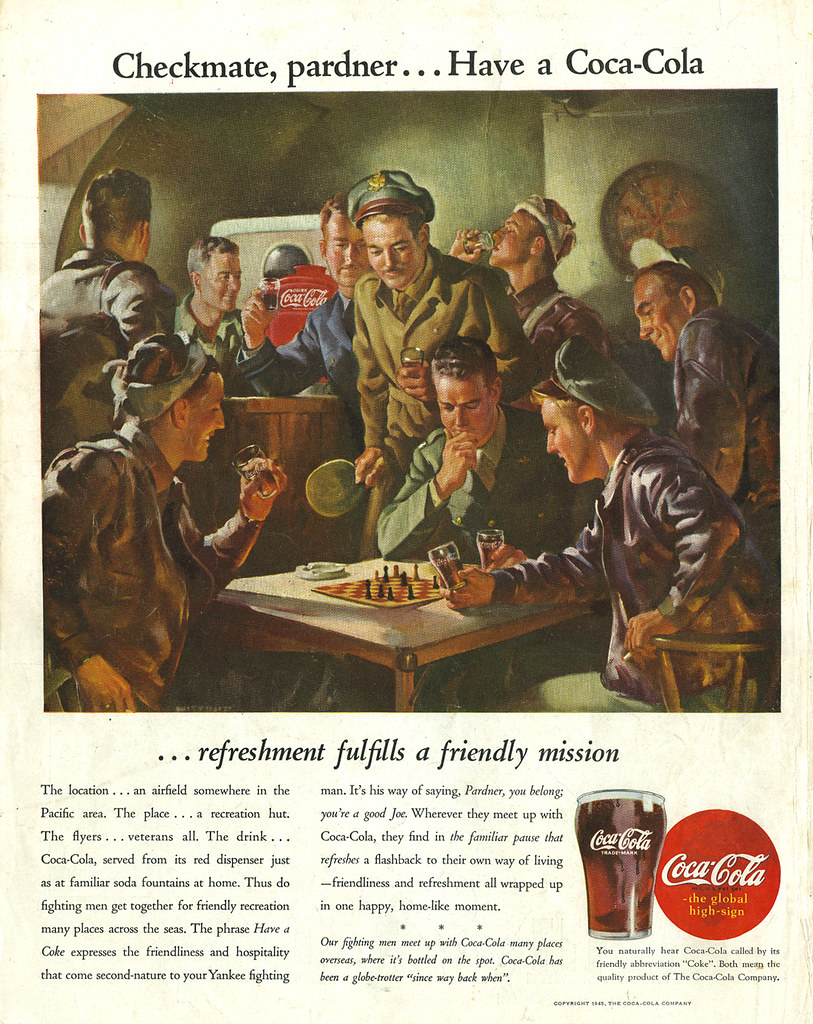In honor of Memorial Day.
Dell 1st edition 1958. Publication copyright 1955.


Click on images to see them larger.
In January 1945 the Russian offensive had reached within seven miles of the somber prison camp at Sagan. The prisoners' dreams were agonizingly close to being realized. Then, with only four hours notice, they were ordered to march west, away from freedom into more months of captivity.
Out into the night, therefore, the long, winding column began the march. Some men proved to be heroes; in some the moral fiber snapped. Under the unbearable ordeal some sank down by the road and died. Some few rose to the heights of sacrifice. To all of them as they huddled in the icy winds, memories returned at intervals, heartbreaking memories of days when they were free and proud and owned the sky.
How more than ten-thousand freezing men survived and nearly three-thousand fell by the wayside to be shot or frozen to death is an agonizing tale by one who was actually there and personally experienced the horror and lived to write this unforgettable portrait of what actually happened to these unsung heroes of World War II.
Maybe I'm Dead is an epic account of what young men in history's greatest human conflict suffered so all of us may enjoy the prize they won for us--unfettered, unabashed freedom. (SOURCE: Joe Klass)A current edition of this book is available at Amazon. Sadly I cannot make out the name of the illustrator of this vintage cover. If I do I'll post what information I find.









































